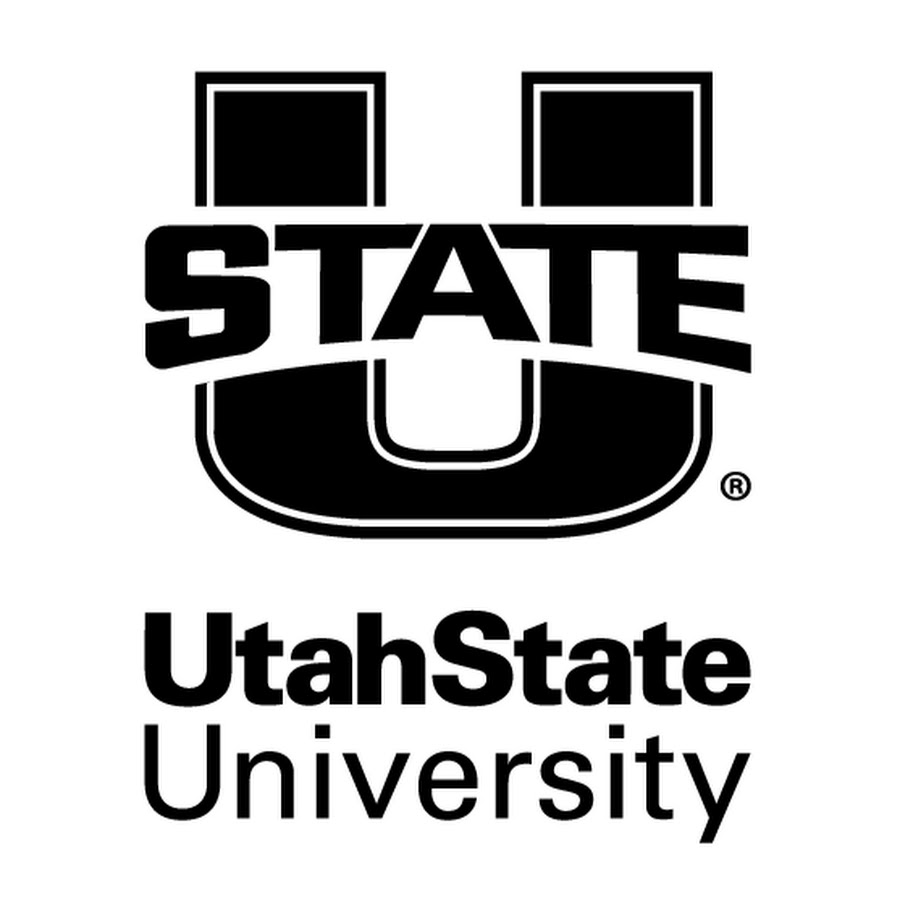
Teaching and Generative AI:
Pedagogical Possibilities and Productive Tensions
Beth Buyserie, Ph.D., & Travis N. Thurston, Ph.D.
With the rapid development of Generative AI, teachers are experiencing a new pedagogical challenge—one that promises to forever change the way we approach teaching and learning. As a response to this unprecedented teaching context, Teaching and Generative AI: Pedagogical Possibilities and Productive Tensions provides interdisciplinary teachers, librarians, and instructional designers with practical and thoughtful pedagogical resources for navigating the possibilities and challenges of teaching in an AI era. Because our goal with this edited collection is to present nuanced discussions of AI technology across disciplines, the chapters collectively acknowledge or explore both possibilities and tensions—including the strengths, limitations, ethical considerations, and disciplinary potential and challenges—of teaching in an AI era. As such, the authors in this collection do not simply praise or criticize AI, but thoughtfully acknowledge and explore its complexities within educational settings.
Table of Contents
Land Acknowledgement | Series Information | Contributors
Foreword
Tazin Daniels
Introduction
Beth Buyserie and Travis N. Thurston
SECTION I: FRAMING CONCEPTS
Chapter 1: Navigating the New Frontier of Generative AI in Peer Review and Academic Writing
Chris Mayer
Chapter 2: Some Ethical Considerations for Teaching and Generative AI in Higher Education
Lydia Wilkes
Chapter 3: Empowering Educators in the Age of Generative AI: A Critical Media Literacy Approach
Ali Söken and Kysa Nygreen
Chapter 4: Developing Media and Information Literacy through Dialogues about AI
Rosa Thornley and Dory Rosenberg
Chapter 5: Navigating Benefits and Concerns When Discussing GenAI Tools with Faculty and Staff
Reed Hepler
SECTION II: RESEARCH STUDIES
Chapter 6: More is Less?: Using Generative AI for Idea Generation and Diversification in Early Writing Processes
Franziska Tsufim and Lainie Pomerleau
Chapter 7: Automated Aid or Offloading Close Reading? Student Perspectives on AI Reading Assistants
Marc Watkins
Chapter 8: AI and Writing Classrooms: A Study of Purposeful Use and Student Responses to the Technology
Laura Dumin
Chapter 9: Uses, Benefits, and Limitations of AI Chatbots: Implementing ChatGPT in the First-Year Writing Classroom
Walker P. Smith; Lydia Peach; Parker Routt; Kolby Sanders; Jacob Morris; Josh Vogeler; Cora Alward; and Veronica Pulley
SECTION III: RACE AND INDIGENOUS STUDIES
Chapter 10: Broadening Applications of Artificial Intelligence in Education to Include Indigenous Ways of Knowing
Megan Hamilton
Chapter 11: Race Against the Machine
Samantha K. Yoder
Chapter 12: Cultural Reproduction: AIs Interrupting the Cultural Healing Work of Teachers
Belinda 'Ofakihevahanoa Fotu
Chapter 13: Rude Reflections: Current AI Acts as a Mirror of Our Flawed Society
Belinda 'Ofakihevahanoa Fotu
Chapter 14: Indigenous Futures in Generative Artificial Intelligence: The Paradox of Participation
Rogelio E. Cardona-Rivera; J. Kaleo Alladin; Melissa Tehee; and Breanne K. Litts
Chapter 15: Co-Creating Intersectional Design Narratives with AI
Ha Nguyen
Chapter 16: Use of AI in Teaching Social Statistics or Data Analysis
Mudasir Mustafa
Chapter 17: Epistemological Clash: AI and Ways of Knowing
Emma Mecham
Chapter 18: Cheating as Symptom, not Disease
Adena Rivera-Dundas
SECTION IV: HUMANIZING TECHNOLOGY
Chapter 19: Wrestling with A.I.
Catherine J. Denial
Chapter 20: Fit to Resist in Post-Product Space: Underserved Student Populations and Generative AI’s Writing Norms
John Paul Tassoni
Chapter 21: My Summer with ChatGPT
Mary Lourdes Silva
Chapter 22: Examining Ways of Using AI to Better Support Teaching Faculty, Mitigate Burnout, and Increase Teaching Creativity
Jennifer Grewe
SECTION V: TEACHING RESOURCES
Chapter 23: Cake-Making Analogy for Setting Generative AI Guidelines/Ethics
Maha Bali
Chapter 24: Revisioning a Bibliography Assignment to Center Discovery and Critical Source Engagement
Lillian Campbell; Jenna Green; and Nicole Bungert
Chapter 25: Using the AI Explainpaper to Help Students Better Understand Journal Articles
Erin Jensen and Daniel Hutchinson
Chapter 26: Working Alongside, Not Against, AI Writing Tools in the Composition Classroom: a Dialectical Retrospective
Daniel Frank and Jennifer K. Johnson
Chapter 27: Pushing Past the First Draft: Exercises in Revision
Jacob Taylor
Chapter 28: Creating Constitutions with ChatGPT
Julia M. Gossard
Chapter 29: An AI Workshop for the Overwhelmed and Uninterested
Ritamarie Hensley
Chapter 30: Revising LLM Text to (Re)Discover Rhetoric in a Graduate Seminar
Clancy Ratliff
Chapter 31: Collaborative Writing and AI: A Research Assignment for an Undergraduate Professional Communication Course
Beth Buyserie
SECTION VI: DISCIPLINARY APPROACHES
Chapter 32: Using Generative AI in the Music History Classroom
Reba Wissner
Chapter 33: ChatGPT Assistance in Creating Chemistry Practice Problems: Pitfalls, Positives, and Possibilities
Michael A. Christiansen
Chapter 34: “Language Weaves Its Tapestry”: Crafting Found Poetry Using AI Tools
Ruth Li
Chapter 35: Using Generative AI to Perform Stacked Evaluations of Educational Documents: Provoking Students to Think on Successively Higher Levels
Susan Codone
This book serves as a guide for college instructors who find themselves at the cusp of this technological revolution—those who are intrigued yet perhaps apprehensive, eager to explore yet unsure where to begin...As you delve into the pages of this book, you are invited to explore the vast potential of generative AI to revolutionize teaching and learning while grappling with the ethical and societal questions it raises.
Book Details

Recommended APA Citation
Buyserie, B. & Thurston, T.N. (Eds.) (2024). Teaching and generative AI: Pedagogical possibilities and productive tensions. Utah State University.

About Empower Teaching Open-Access Series
The Empower Teaching Open-Access Book Series features a variety of peer-reviewed books focused broadly on the multi-disciplinary work of teaching in higher education. Books in the series align with the mission of the Center for Empowering Teaching Excellence (ETE) to bolster the culture of teaching excellence for students, staff, faculty and administrators. The books in this series share insightful and innovative perspectives on teaching and learning, and through a partnership with USU Libraries the books are offered in an online and open-access format to amplify the voices of authors and contributors in the series.

